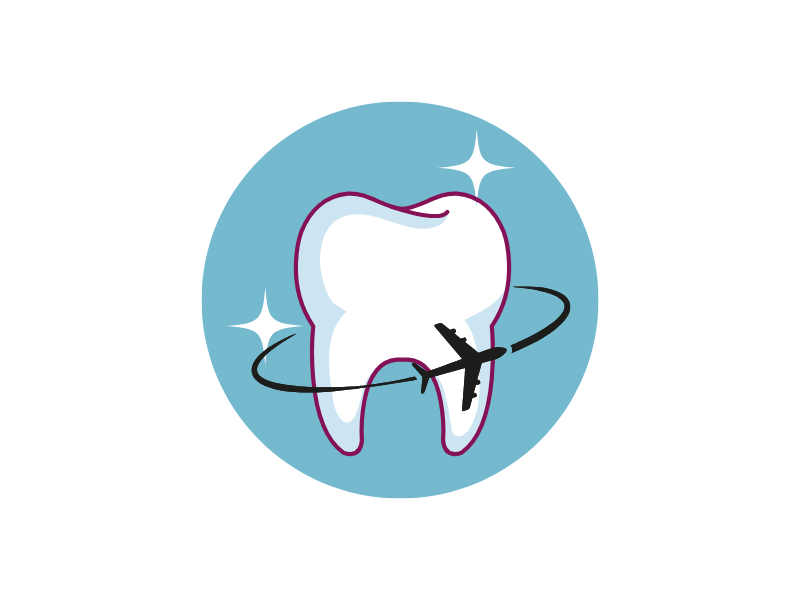Introduction
Insurance systems are designed to be safety nets, offering financial security against unexpected health challenges. Yet, the system’s vulnerability to fraud undermines its efficiency, drives up costs, and erodes patient trust. Insurance fraud, particularly in dentistry, demands an in-depth understanding of its mechanisms, consequences, and potential solutions. By leveraging research and technological advancements, we can identify innovative ways to combat this pervasive issue.
Defining Insurance Fraud
Insurance fraud occurs when individuals or entities intentionally deceive insurers to gain unauthorized financial benefits. It can take many forms, including:
- Upcoding: Billing for a more expensive service than what was actually provided.
- Duplicate Claims: Submitting multiple claims for the same procedure.
- Unbundling: Charging separately for procedures that should be billed together.
- Falsified Treatments: Claiming for treatments not performed or medically necessary.
- Image Alteration: Modifying medical or dental images to support fraudulent claims.
In dentistry, the verification of procedures is often complex, creating opportunities for deceptive practices. Examples include billing for treatments not administered or altering dental X-rays to substantiate claims.

The Financial and Ethical Impact of Fraud
Globally, insurance fraud is a significant financial burden. An estimated 10% of healthcare expenditures—hundreds of billions annually—are lost to fraudulent claims. In Taiwan alone, between 2006 and 2009, $3.5 billion USD was wasted on healthcare fraud.
In dentistry, fraud exacerbates existing challenges due to the intricate nature of treatments. Patients, often unaware of the specifics of their procedures, are unable to verify the legitimacy of claims, creating an environment ripe for exploitation. Fraud not only drains financial resources but also compromises trust between patients and healthcare providers. Genuine patients may face increased premiums and limited access to care due to misallocated resources. Furthermore, systemic trust is weakened, tarnishing the reputation of entire professions.
Innovative Approaches to Fraud Detection
Traditional fraud detection relies on manual audits and statistical analysis, both of which are resource-intensive and often inadequate for uncovering sophisticated schemes. Recent advances in technology have introduced more effective solutions, including:
1. Social Network Analysis (SNA)
This innovative method identifies relationships between dentists based on overlapping claims. For instance, if multiple dentists file claims for the same procedure on the same tooth of a single patient, it raises suspicion. Using trustworthiness scores, insurers can flag providers with suspicious patterns for further investigation.
2. Artificial Intelligence and Machine Learning
AI-driven models analyze vast datasets to detect anomalies, such as excessive billing or patterns inconsistent with standard care. These technologies enhance detection accuracy and significantly reduce the time required for audits.
3. Trustworthiness Metrics
By assigning trustworthiness scores based on claim patterns, insurers can prioritize investigations, focusing on providers exhibiting high-risk behaviors.
Ethical Challenges in Fraud Prevention
While technology improves fraud detection, it introduces ethical concerns, particularly regarding patient data privacy. Balancing robust fraud prevention with the confidentiality of patient records is crucial. Additionally, the rise of digital dentistry has sparked ethical dilemmas, including:
- Image Forgery: The ease of modifying digital X-rays or imaging for fraudulent purposes.
- Privacy Concerns: Risks associated with electronic health records and digital communications.
- Online Professionalism: Misleading digital advertising and boundary violations on social media platforms.
Strategies for Combating Insurance Fraud
Addressing insurance fraud requires a holistic approach that incorporates technology, education, and policy reform:
Education and Awareness: Patients must be educated about their treatments and the consequences of fraud, empowering them to question questionable claims.
Policy Revisions: Insurance companies should enforce stricter claim verification processes and impose penalties for fraudulent activities.
Technological Integration: The adoption of AI, SNA, and big data analytics can streamline fraud detection, making the system more efficient and reliable.
Ethical Frameworks: Healthcare providers must adhere to high ethical standards, leveraging technology responsibly to foster trust and transparency.
Looking Ahead: A Future Built on Trust
Insurance fraud is a complex issue that threatens the financial and ethical integrity of healthcare systems. However, by combining technological advancements with ethical vigilance, it is possible to reduce fraud and rebuild trust. Social network analysis, machine learning, and enhanced patient awareness represent promising steps forward.
As dentistry and healthcare continue to digitize, maintaining a focus on ethical practices and transparent operations will be key to fostering a resilient and fair insurance system. With vigilance and innovation, the fight against fraud can safeguard resources, protect patients, and uphold the integrity of healthcare systems worldwide.














